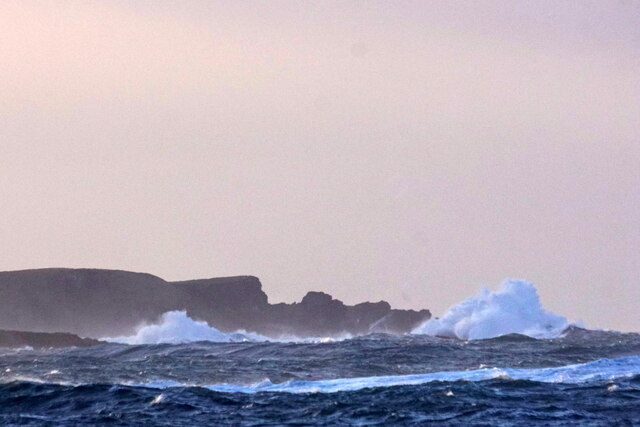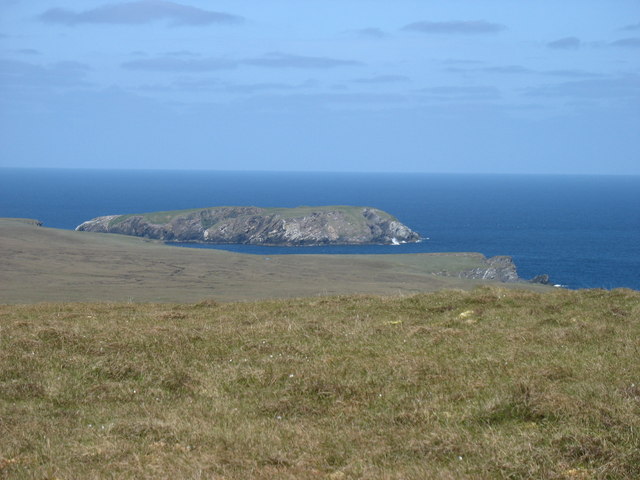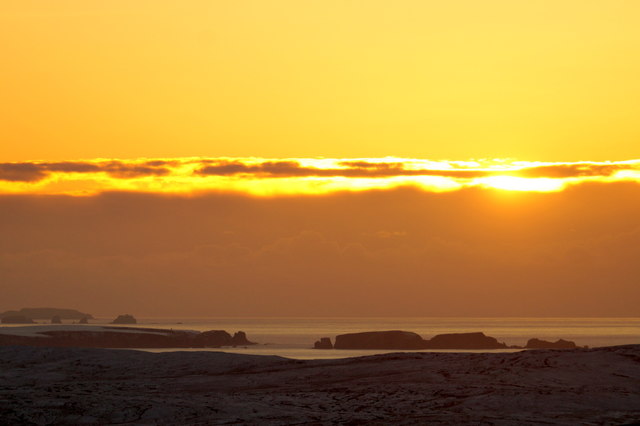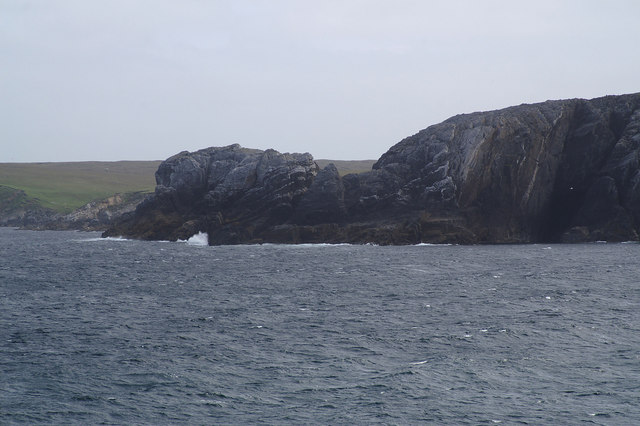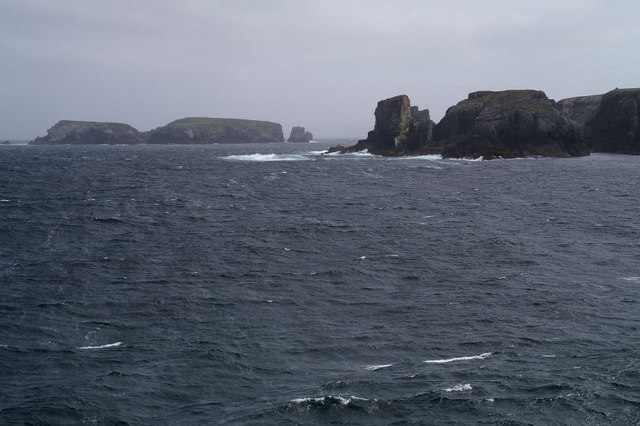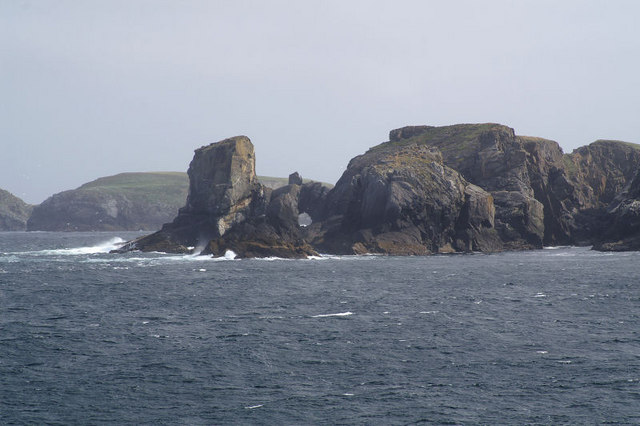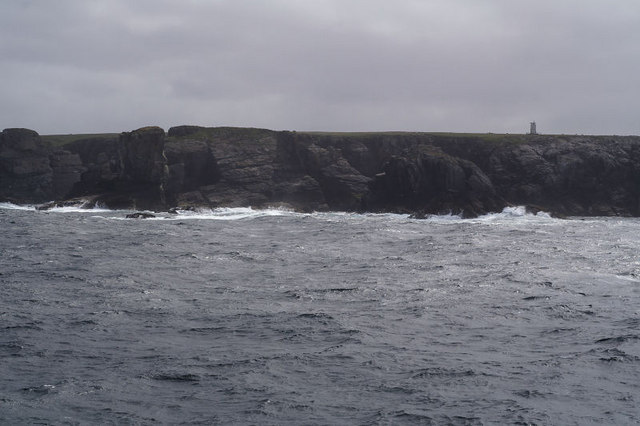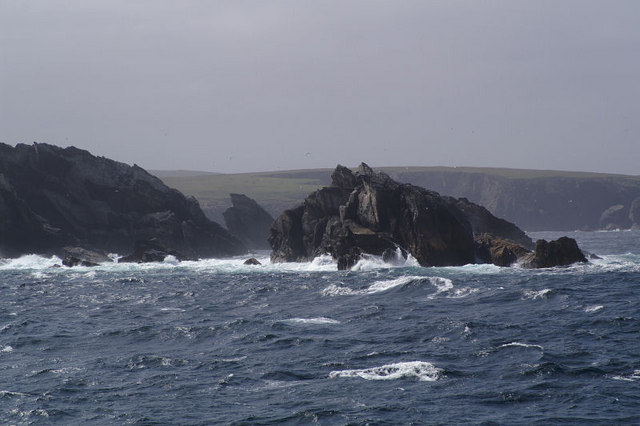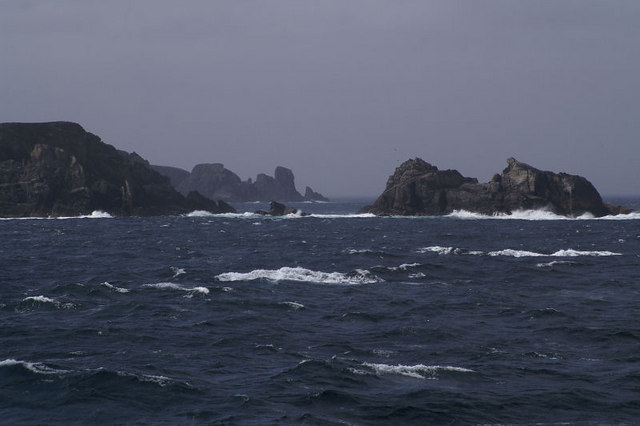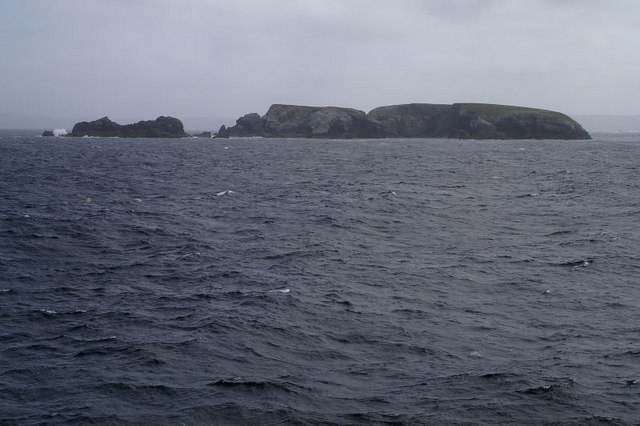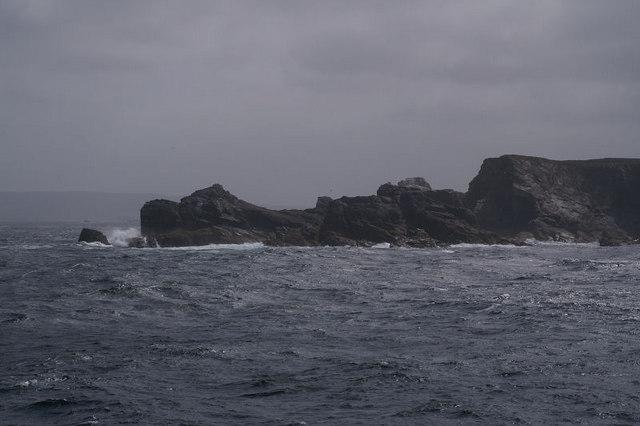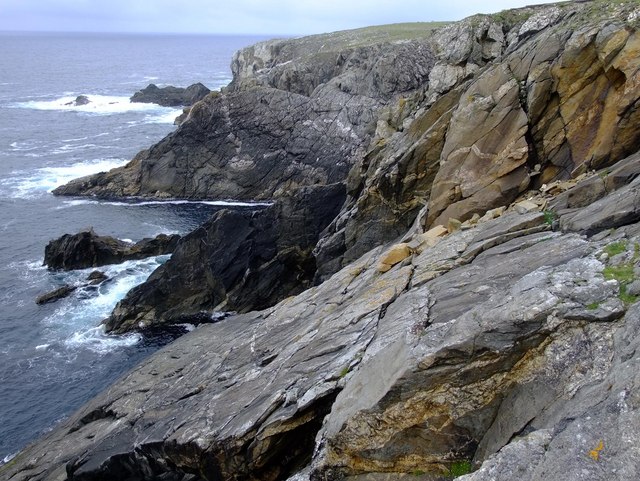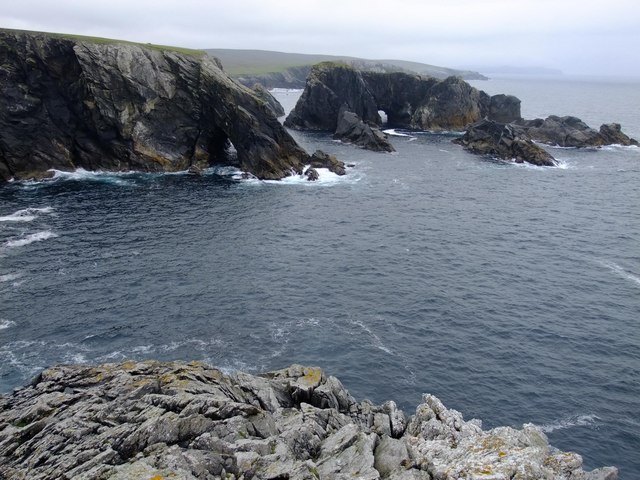Birrier Geo
Coastal Feature, Headland, Point in Shetland
Scotland
Birrier Geo
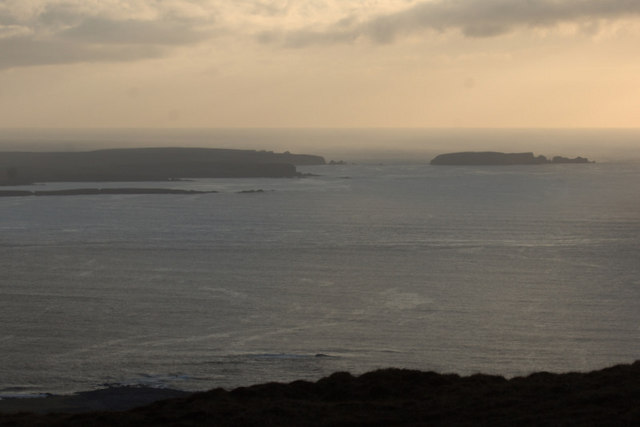
Birrier Geo is a coastal feature located in the Shetland Islands, which are a part of Scotland. It is specifically situated on the Shetland mainland, on the west coast of the island. Birrier Geo is known for being a prominent headland or point that juts out into the North Atlantic Ocean.
The landscape surrounding Birrier Geo is characterized by rocky cliffs and rugged terrain, typical of the Shetland Islands. The headland itself is composed of layers of sedimentary rock, which have been shaped by years of erosion caused by the relentless waves of the North Atlantic.
The coastal area near Birrier Geo is rich in marine life, making it a popular spot for birdwatching and wildlife enthusiasts. Seabirds such as puffins, gannets, and fulmars can often be spotted nesting on the cliffs, while seals and otters are known to frequent the nearby waters.
Access to Birrier Geo is relatively easy, with a path leading from a nearby parking area to the headland. From there, visitors can enjoy stunning panoramic views of the surrounding coastline and the vast expanse of the Atlantic Ocean.
Birrier Geo, with its dramatic cliffs, diverse wildlife, and picturesque views, is a must-visit for nature lovers and those seeking a glimpse of the untamed beauty of the Shetland Islands.
If you have any feedback on the listing, please let us know in the comments section below.
Birrier Geo Images
Images are sourced within 2km of 60.726431/-1.1241658 or Grid Reference HP4705. Thanks to Geograph Open Source API. All images are credited.
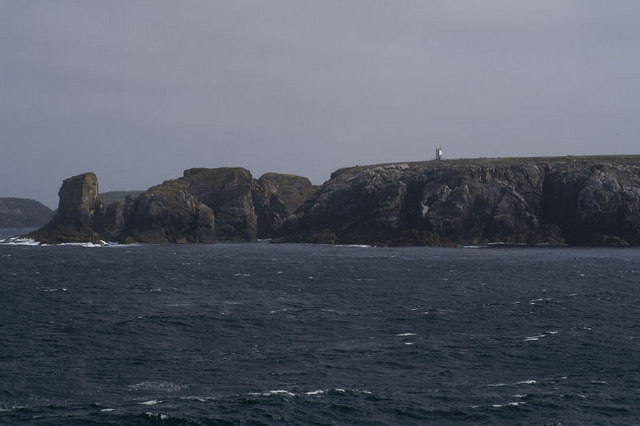
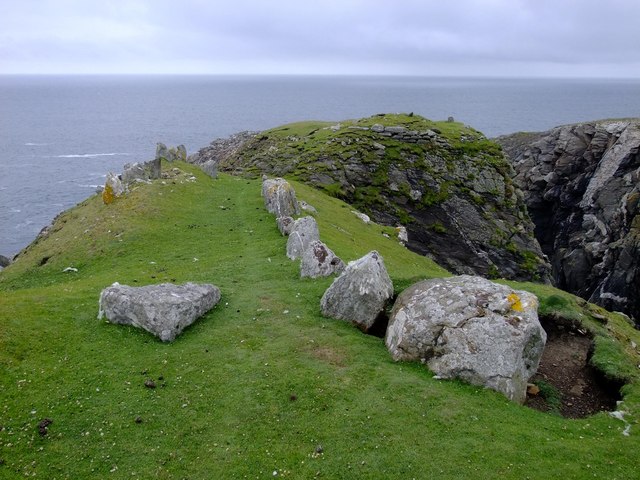
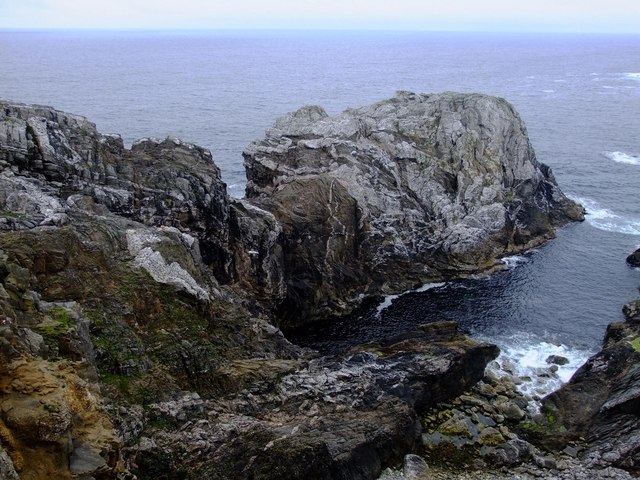
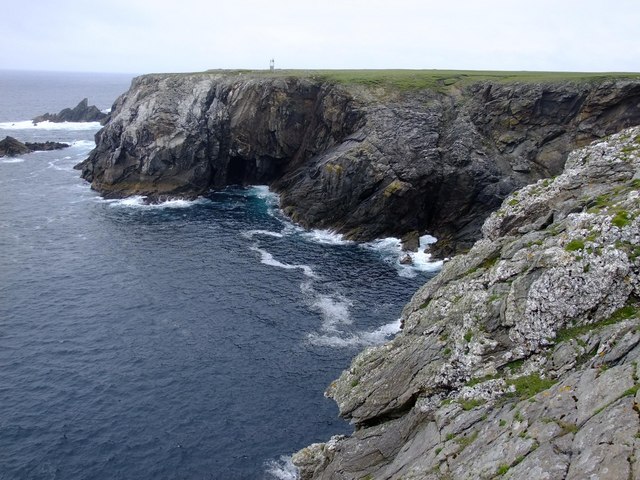
Birrier Geo is located at Grid Ref: HP4705 (Lat: 60.726431, Lng: -1.1241658)
Unitary Authority: Shetland Islands
Police Authority: Highlands and Islands
What 3 Words
///baked.alternate.tarred. Near Gutcher, Shetland Islands
Nearby Locations
Related Wikis
Gloup Holm
Gloup Holm is an islet in the Shetland Islands, lying to the north of Yell. == Geography and geology == Gloup Holm is near to the part of Yell called North...
Gloup
Note: Gloup is common in Scottish placenames referring to a sea jet. Gloup is a village in the far north of the island of Yell in the Shetland Islands...
Cullivoe
Cullivoe (Old Norse: Kollavágr - Bay of Kolli), is a village on Yell in the Shetland Islands. It is in the north east of the island, near Bluemull Sound...
Brough Holm
Brough Holm is a small island off Unst, in the North Isles of Shetland. It is off Westing, which as the name implies is on the west coast of Unst. The...
Nearby Amenities
Located within 500m of 60.726431,-1.1241658Have you been to Birrier Geo?
Leave your review of Birrier Geo below (or comments, questions and feedback).
